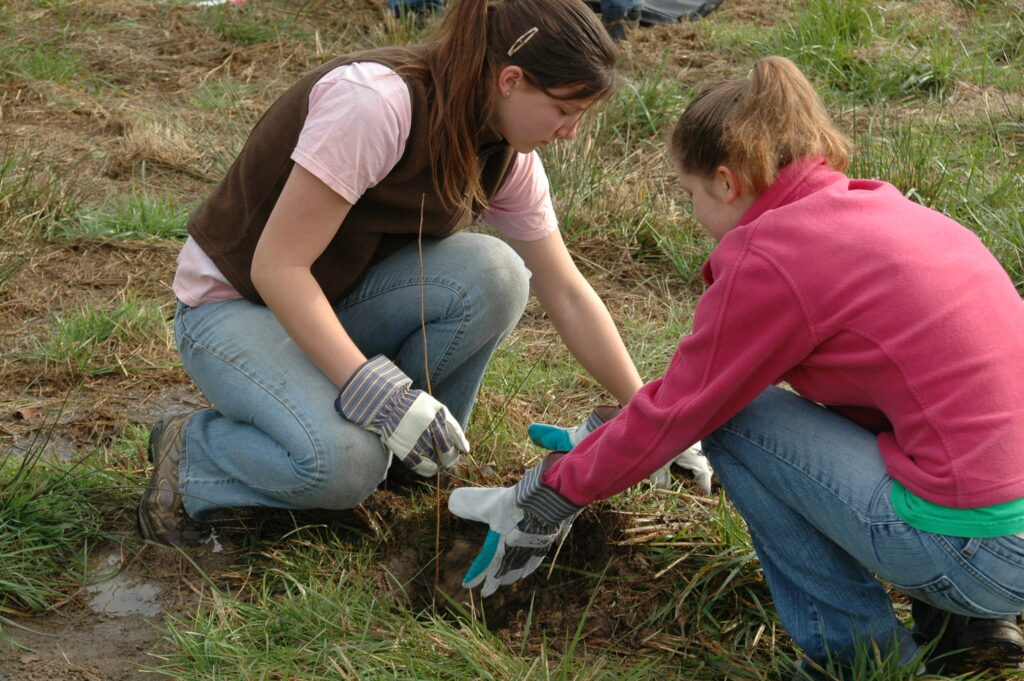Planting more trees help lower greenhouse gases in the atmosphere as they sequester carbon dioxide during their life. But where you plant them matters as much as the planting itself, according to a new study, which analyzed the actual value of tree planting in the United States.

Researchers and governments have long backed the idea of tree planting as a solution to climate change. A study last year proposed planting a trillion trees to capture two-thirds of the emissions humans produce. The idea was picked up by President Trump, who called this year for a trillion trees to be planted across the globe.
But it turns out there’s more to it than just planting trees and we should consider other factors, according to new research by USDA Forest Service scientists. They found the key behind tree planting is to do it in existing forests that aren’t as tree-filled as they could be. By doing so, humans could increase carbon sequestering capacity by 20%.
To arrive at that estimate, the researchers reviewed publicly available data from more than 130,000 forested plots in the US, which include almost 1.4 million trees. They compared future possibilities with current estimates. Forests currently offset around 14% of carbon emissions every year but that could be increased, they argued.
Almost 33 million hectares of forestland are understocked due to harvesting, natural disturbances, and limited seeding availability, among other factors, the study showed. That’s why concentrating tree planting on understocked forest lands, especially in western states, Florida, and the Northeast, could significantly increase carbon sequestration capacity in the US
“Targeted tree planting on existing productive forestland has the potential to enhance the capacity of forests to provide a multitude of ecosystem services,” according to lead author Grant Domke, lead-author, said in a statement. “Concentrating plantings on productive areas with the fewest trees has greater potential for enhanced carbon sequestration capacity than distributing the same number of trees over larger areas”
In a commentary earlier this year, researchers presented a set of principles that should guide forest enhancement initiatives. Such efforts should focus on protecting and maintaining intact forests instead of planting new ones, they should only be seen as one part of the carbon reduction measures that are needed, and they should balance social and ecological goals.
Planting trees doesn’t ensure they will survive, as seen in many countries. To be successful, tree-planting initiatives need to engage local stakeholders and confront conflicting goals for land use and ensure maximum effectiveness over the long term, the authors write.
The study was published in the journal PNAS.









